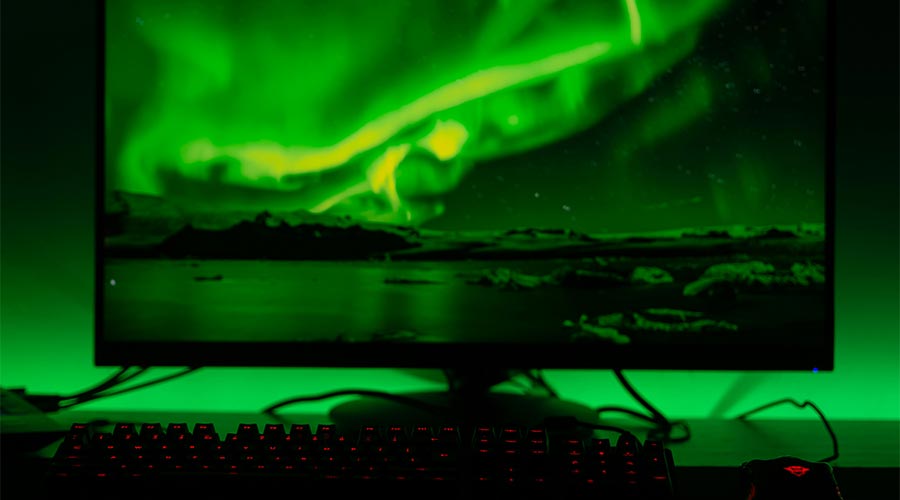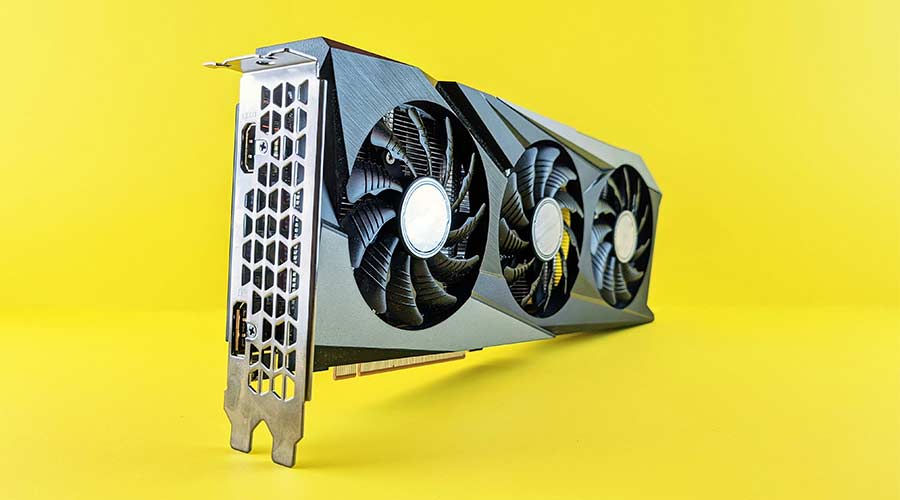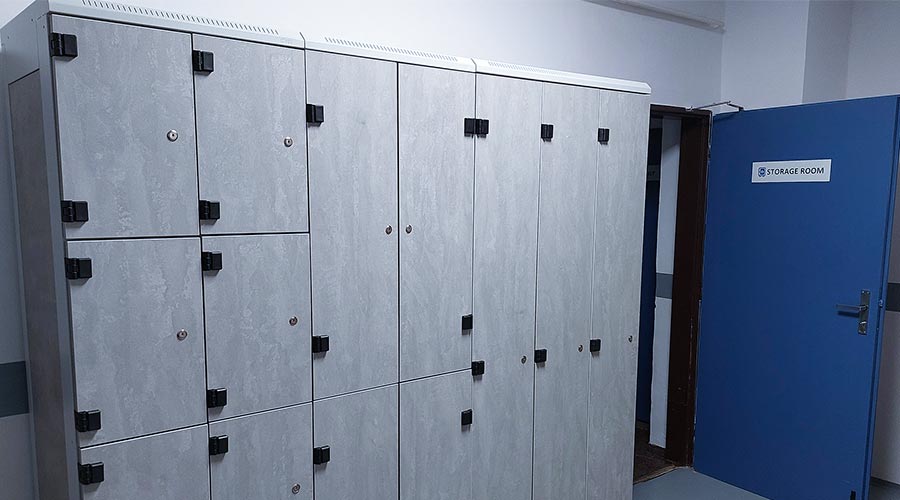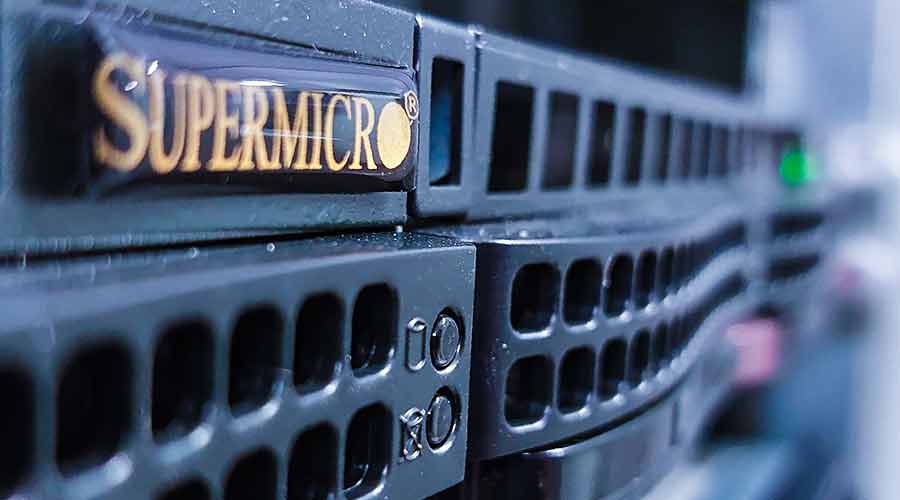Do you know which GPU to choose when planning to buy or lease a server for machine learning (ML)? And what about for working with a High-Performance Computing (HPC) server? With the growing development of GPU servers, several types of highly powerful GPU processors have emerged on the market. But which type of GPU should you choose to ensure that your investment, which could amount to tens of thousands of Euros, provides you with maximum benefit?
In our previous article, we covered terminology and two case studies related to GPU hosting, which we implemented this year for our clients in our data center. But why did we prioritize the L40S GPU over the H100, and use the H100 in another case? To help you make an informed decision, we are providing an overview of the advantages and disadvantages of the most popular graphics processors from NVIDIA: H100, A100, and L40S, so you don’t make a costly mistake when choosing GPU technology. Let’s start with the simplest question, which will save you and your future server provider a considerable amount of time and money.
For what will you use the GPU server?
Whether you are looking for a VPS, a dedicated server, or a GPU server, the key question for both you and us is: “What is the purpose of the server with graphics cards?” Will it be used for machine learning, AI training, or do you need an HPC server? Based on this question, both you and we can build a suitable server solution and choose the right type of GPU processor to handle the complex and high-demand calculations required for your project.
GPU Processors and Differences Between Them
With the exponential development and popularity of generative language and statistical models, the demand for graphics cards and chips that can handle such high performance has also increased. Over the past year, the leading options in this field have been NVIDIA graphics cards with H100, A100, and L40S processors. Each of these GPUs has a different architecture, processes data differently, and is therefore suitable for different purposes. Let’s take a closer look at each of them.
1) NVIDIA A100 Tensor Core GPU – Science and Versatility

If you are looking for a server for HPC or scientific purposes such as advanced simulation and modeling, computation of complex tasks, or training simpler artificial intelligence and language models, the A100 is the ideal solution for you. Thanks to the Ampere architecture combined with its strong memory bandwidth and 64-bit floating-point (FP64) performance, you get a GPU processor that can handle a wide range of tasks efficiently. In addition to its versatility, this chip is compatible with existing server infrastructure due to its SXM4 form factor and consumes up to 400W, which is a moderate value among the three GPUs.
Disadvantages: This older type of GPU does not have a video output or Ray Tracing cores, making it less effective for media and graphics workloads. Another downside is its relatively high price and its decreasing availability on the market.
2) NVIDIA H100 Tensor Core GPU – Excellent performance with an unlimited budget

If you are looking for the absolute maximum performance regardless of budget, the H100 graphics chip is a great bet. With its Hopper architecture and FP64 and FP8 performance, it offers the highest performance of all the analyzed GPUs, making it ideal for next-generation AI tasks. In practice, you can further utilize the H100 for machine learning (ML), working with extensive neural networks, multiple AIs, or the most demanding scientific simulations.
It is the most powerful graphics processor among all the mentioned types, which comes at a cost in terms of price, availability, and power consumption. The power consumption reaches high values: 700W per unit. Like the A100, the H100 does not have Ray Tracing cores or a video output. So, if you need to work with graphics, it’s better to look at the third model, the L40S. This chip also cannot be installed into existing server infrastructure, as it is only compatible with the newer SXM5 architecture.
Use cases: Meta’s AGI, Microsoft’s AI bot Pi, meteorology.
3) Chip NVIDIA L40S – The Graphic King

The last representative of GPU chips in our comparison is the L40S. This GPU unit, built on the Ada Lovelace architecture with GDDR6 memory, is an excellent helper for processing any type of graphic content. This includes video rendering, 3D modeling, image processing, animations, and media of all kinds. Therefore, this chip is often the first choice not only for companies dealing with graphics, visual effects, and games, but it also finds broad application in the fields of pharmaceuticals, healthcare, and medicine, where visual diagnostics are primary. Unlike the H100 and A100, this chip has an output for RT cores and is the least energy-consuming. Its maximum power consumption is 350W, making it ideal for its cooling properties, even in older data centers, and it can be installed in all types of servers thanks to its PCIe format.
Compared to the H100 and A100 GPU chips, the L40S lacks support for FP64, which means it is not suitable for scientific calculations requiring high precision. It also lags behind in terms of complete tensor performance, making it unsuitable for AI training and more complex calculations. However, considering its power consumption, price, availability, and ease of implementation, it is a very interesting chip.
Applications: Graphics, visual effects, image processing, and media analysis.
Conclusion
Each GPU chip has its own strengths and weaknesses that need to be considered when building a new server or supercomputer. If you need a versatile GPU that can handle multiple tasks, the A100 is your number one candidate. If you are working with graphics/images and need performance at an attractive price, the L40S is the ideal solution. The H100, on the other hand, makes sense if you require extreme performance without compromise. However, it greatly depends on what you will be using the server and the specific chips for, what kind of data you have, where it is located, and how the overall program is written.
The development of graphics cards and processors is evolving dynamically every year due to trends in artificial intelligence, cryptocurrency mining, and the gaming industry. It would not be surprising if we see another, much more powerful GPU model from NVIDIA or AMD in 2025. However, it’s not necessary to choose one of the latest GPUs for your initial machine learning or AI project. We would be happy to advise you and propose an alternative hosting solution, so you don’t have to spend thousands of Euros at the beginning of your business plan.
Your Coolhousing




